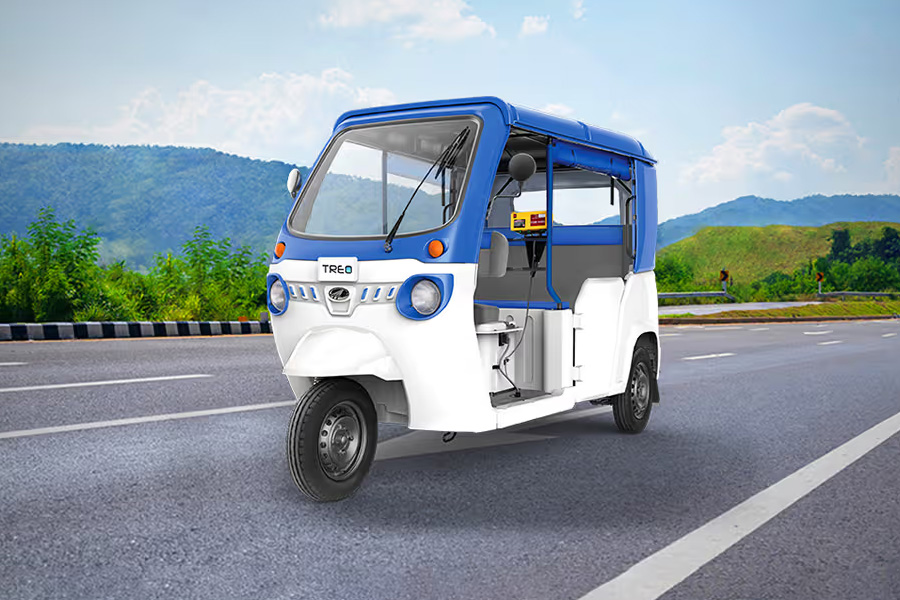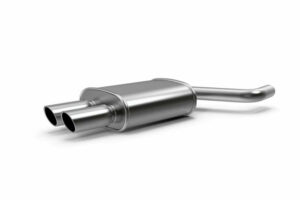Passenger vs Cargo Rickshaw – Which One Should You Buy?

Image Source: trucks.cardekho.com
Urban landscapes in India are evolving rapidly. Battery-powered three-wheelers now dominate short-distance transport. But when it comes to buying, should you go with a passenger rickshaw or a cargo one?
Price Considerations
Before you decide, look at the electric rickshaw price. A passenger e-rickshaw starts at around ₹1.3 lakh. A cargo rickshaw starts closer to ₹1.5 lakh, and that’s mostly because of stronger build and higher load capacity.
Usage and Income Potential
Passenger rickshaws support daily commuting needs across a variety of busy locations, ensuring consistent earnings for drivers.
Cargo rickshaws haul goods. They’re ideal for last-mile delivery like groceries, parcels, or supplies. These models offer more deck space and stronger rear suspension than passenger types.
Top Model to Consider: Mahindra E Rickshaw
One good option is the mahindra e rickshaw. For passengers, the Mahindra Treo stands out. It has a strong body, digital instrument cluster, and a long-lasting lithium-ion battery.
For goods transport, Mahindra offers the Treo Zor — a strong and reliable electric vehicle suited for heavy-duty tasks. Its customizable cargo bed makes it suitable for different business needs such as deliveries, retail supply, e-commerce logistics, and local goods movement.
Running Costs and Efficiency
Now think about the cost before buying. The electric auto price includes charging, service, and battery replacement. These vehicles cost about ₹0.45 per km to run which is much cheaper than petrol auto rickshaws.
Passenger models usually offer better mileage per charge. Lighter frames help them travel farther around 130 to 150 km in one charge. That suits drivers who make frequent short trips. Cargo rickshaws, though heavier, still offer solid range. Many deliver 100–120 km per charge with full load. Brands like Piaggio and Mahindra focus on battery durability in such models.
Performance and Road Usage
If you’re buying for delivery work, you’ll want a strong electric 3 wheeler. Cargo models are built for uneven roads and longer routes. They also perform well in narrow urban lanes. Driving comfort matters too. Passenger models have better seating and simpler controls. Cargo drivers spend long hours behind the wheel, so cabin layout and handle grip matter a lot.
Environmental Impact and Future Outlook
Electric rickshaws, whether passenger or cargo, contribute significantly to reducing urban pollution and noise. With zero tailpipe emissions, they support cleaner air and a quieter city environment. As more cities push for green mobility and stricter emission norms, the demand for electric 3 wheeler is expected to rise. Choosing an electric rickshaw today not only benefits your business but also aligns with the future of sustainable transportation in India.
Daily Earnings Comparison
Let’s talk about earnings. Passenger rickshaws earn ₹800–₹1,200 per day, depending on demand. Cargo rickshaws can earn more—₹1,500 or even ₹2,000—if delivery work is regular. But passenger income is more predictable. Rides are shorter and more frequent. Cargo income depends on bulk contracts, volume, and regularity of goods.
Charging Time and Battery
Charging time matters. Most lithium-ion rickshaws need 3–4 hours for a full charge. The faster the charging, the more trips you can make in a day—and the quicker your return on investment.
The electric rickshaw price also includes subsidy benefits. Under FAME II and state schemes, many buyers get ₹25,000 to ₹50,000 off. This applies to both cargo and passenger models.
Buying Tips and Local Factors
For Mahindra buyers, most models qualify for subsidies. Dealers also offer EMI plans, battery warranties, and on-site service support. These perks reduce your upfront risk.
If you are a first-time buyer, test both models. Drive the mahindra e rickshaw, compare comfort and power, and check how much weight you plan to carry each day. Cargo owners often pair their rickshaw with delivery apps or FMCG brands. That guarantees daily income. Passenger drivers may work independently or through ride-hailing services.
Operating Cost and ROI
In both cases, low operating cost helps. The electric auto price might seem high upfront, but running costs are so low that drivers usually recover their investment within 10–12 months. Cities like Delhi, Lucknow, and Jaipur have well-developed charging networks. If you live in these places, owning an electric 3 wheeler is even easier. Rural areas are catching up too.
Final Verdict
So which one should you buy? It depends. If you want steady income with low risk, go for a passenger model. If you want higher income with some effort in finding clients, pick cargo. Both types suit city conditions. Both are eco-friendly. And both will help you grow, whether you’re starting small or looking to expand.




